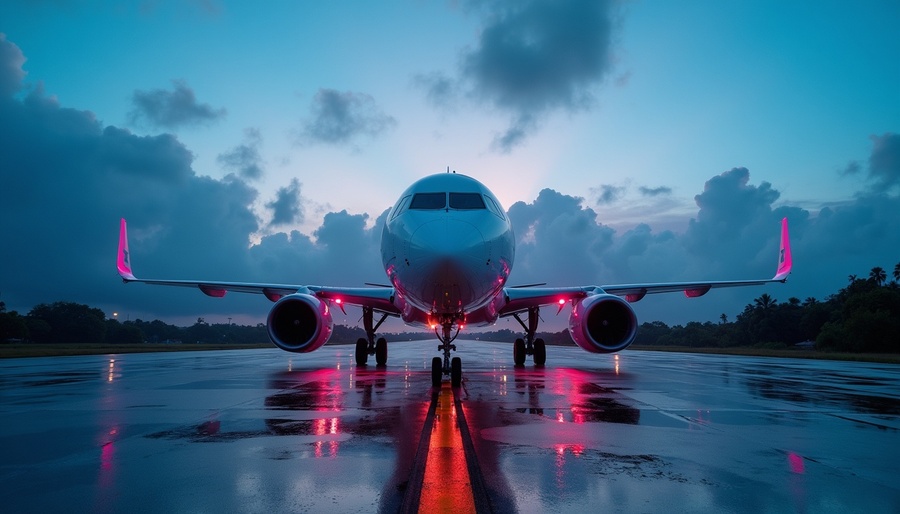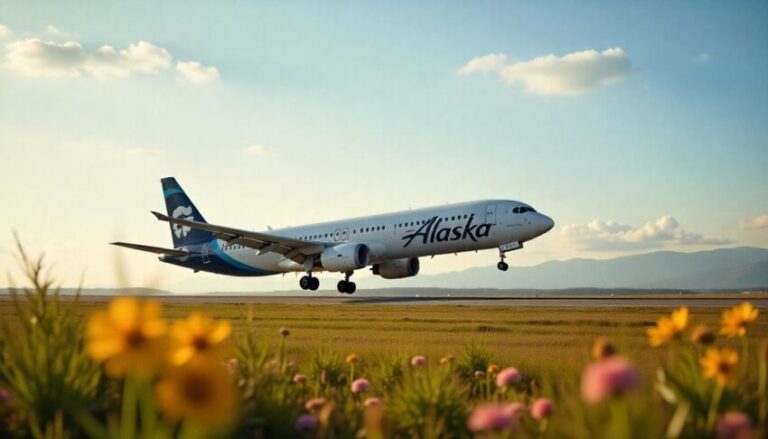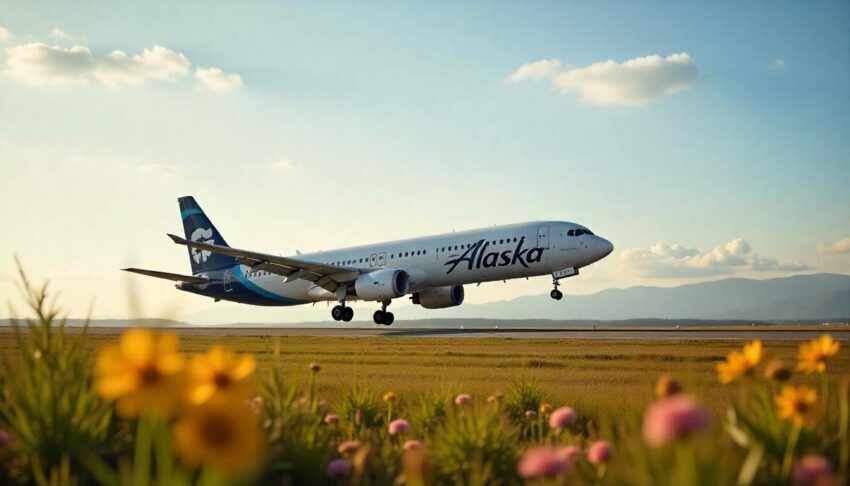Alaska Airlines Joins with Spirit, Air India, Hawaiian, Ryanair as Recent Bomb Threat Triggers Full Scale Emergency, New Update You Need To Know - Travel And Tour World
Sunday, June 15, 2025

Alaska Airlines has now joined Spirit, Air India, Hawaiian, and Ryanair on the growing list of carriers facing serious in-flight threats. A recent bomb threat triggered a full-scale emergency, forcing flight operations to halt and sparking an intense security response. The tension is real. The risk is rising. And now, a new update you need to know is sending shockwaves through the travel industry.
Why are these bomb threats happening so frequently? Who is behind them? And what are airlines doing to protect passengers? The answers are unfolding fast—and the danger feels closer than ever.
An Alaska Airlines bomb threat has just turned a normal Saturday at Seattle International Airport into a scene of chaos and tension. The incident triggered a full-scale emergency, grounding flights, shutting down runways, and freezing airport operations. Passengers were left stunned. Crews were forced into rapid response. And now, a new update you need to know is sending shockwaves through the travel industry.
As the aircraft taxied toward departure, the bomb threat was made—directly to the crew. Seconds later, the situation escalated. Authorities sealed off the aircraft. Emergency vehicles surrounded it. Two runways closed instantly.
Flights didn’t just delay—they were cancelled, rerouted, and thrown into disarray. Travelers watched, confused and afraid, as the situation unfolded live on the tarmac.
Why did this happen? Who made the threat? And how safe are we in the skies right now? The answers are coming—and they’re more urgent than ever.
A quiet Saturday afternoon turned into a full-scale aviation emergency after a made a direct threat to cabin crew while the aircraft taxied for departure at . The , forced a sudden halt to operations and prompted swift action from airport security and federal agencies.
What should have been a routine takeoff became a tense scene of flashing lights, emergency response, and grounded flights. The , delivered directly to a flight attendant, was serious enough to trigger full emergency protocols.
The moment the threat was reported, air traffic controllers took immediate action. The Alaska Airlines aircraft was , isolated on the tarmac, and surrounded by emergency vehicles. Police units from the mobilized instantly, sealing off the aircraft and preparing for the worst.
Authorities removed the suspect without resistance. However, the unfolding emergency meant that , creating a .
Within minutes, , several aircraft were forced to divert to alternate airports, and altogether. Passengers and crews across multiple airlines were left scrambling as delays rippled across the terminal.
The seriousness of the threat meant that every protocol was activated. All passengers aboard the affected Alaska Airlines flight were evacuated from the aircraft and subject to . One by one, they were lined up outside the aircraft as each person for traces of explosives.
Law enforcement then conducted a , ensuring no devices or suspicious packages remained onboard. The plane was then pulled from service for further inspection, with until cleared under heightened security procedures.
While the threat was quickly contained, the broader impact was massive. The , affecting both domestic and international routes. Passengers waiting for connecting flights were stranded. Others missed scheduled departures. Families were separated, and hotel rebookings surged in the surrounding Seattle area.
Airlines scrambled to re-accommodate affected travelers, while the and airport security continued their sweep. The later confirmed that normal operations resumed only after all security sweeps and investigations were complete.
However, , as aircraft positioning, crew assignments, and takeoff slots were all thrown off balance.
As of now, authorities have not revealed the , nor the . The and are closely monitoring the case and are expected to conduct a full review of the airport’s response, as part of standard post-incident procedures.
Security experts have confirmed that threats made during active aircraft movement—such as taxiing to the runway—are taken as extremely serious. Even if a threat proves non-credible, the protocol is designed to treat every situation as potentially life-threatening.
The ongoing investigation will determine whether federal charges will be filed. Depending on the outcome, the suspect could face prosecution for making false threats, endangering an aircraft, or violating national security laws.
Alaska Airlines was quick to issue a public statement emphasizing that . The airline confirmed that flight operations were paused to ensure all necessary safety procedures were followed.
While the airline did not specify when the affected aircraft will return to service, it stated that all safety checks must be completed in full cooperation with federal guidelines before that can happen.
The incident also highlights the growing tension airlines face in balancing . In a post-pandemic world where passenger volumes have surged, ensuring safety while maintaining on-time performance remains a tightrope walk for airline operations teams.
This incident at is a stark reminder that . They remain real, immediate, and capable of disrupting thousands of lives in minutes.
In an industry still recovering from a pandemic-driven collapse and now navigating increasing global tensions, events like this reinforce the importance of .
For passengers, it’s a chilling lesson in how quickly a single sentence or suspicious action can grind entire operations to a halt. For airports and airlines, it’s a test of resilience—and a warning to remain vigilant.
Industry insiders expect this incident will lead to , , and possibly rolled out at major U.S. airports.
The TSA and FAA may revisit risk screening policies, especially for passengers who may pose behavioral red flags. There’s also growing momentum for more sophisticated AI-powered behavior detection systems at boarding gates and check-in points.
Additionally, airline unions are likely to push for enhanced safety protections for crew members, particularly around in-flight threats and passenger behavior management.
What happened aboard that Alaska Airlines flight may have lasted just minutes—but its impact stretched across an entire city, grounded flights across the country, and disrupted the travel plans of thousands.
From emergency evacuations to runway closures, and from passenger re-screenings to ongoing investigations, this event serves as a clear message to the entire travel community: vigilance is essential. Safety comes first. And the smallest act of disruption can have enormous consequences.
As authorities continue their investigation, travelers should remain alert, patient, and informed. The skies may have reopened—but the shockwaves from this incident are still being felt.
Tags: airline security, Alaska Airlines, aviation safety alert, FAA Aviation Security, Flight Cancellations Seattle, June 2025 Travel Incident, Passenger Threat SEA, Port of Seattle Police, SEA Runway Closure, Seattle Airport Bomb Threat, seattle-tacoma international airport, travel news USA, TSA Seattle, U.S. Airport Disruption









